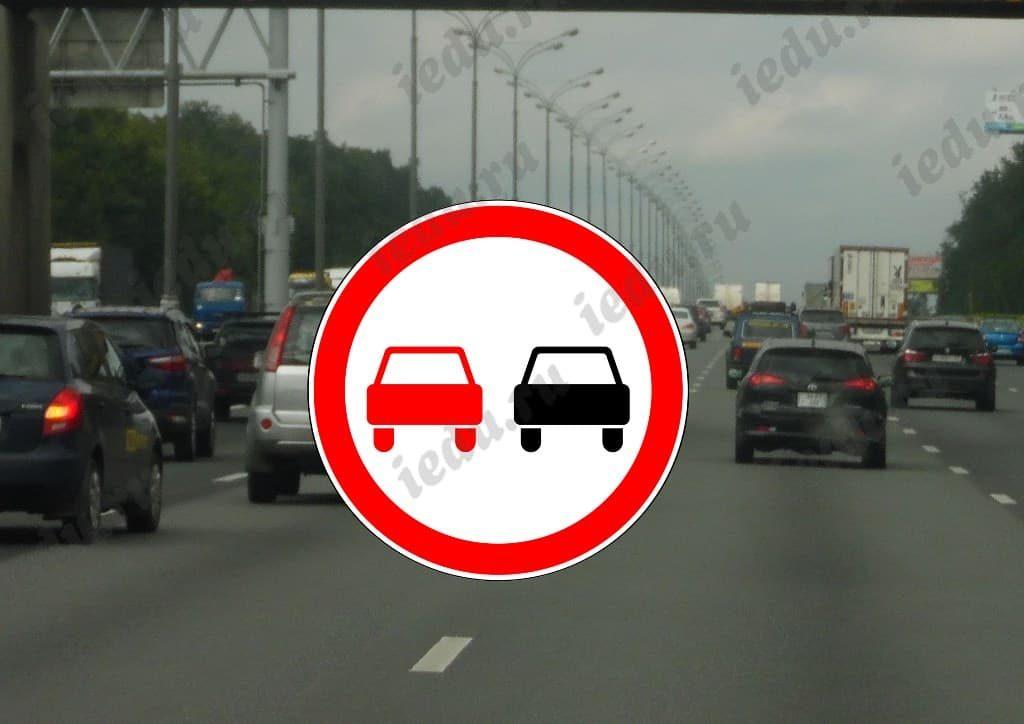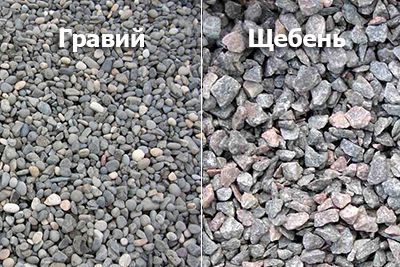
Dear 2+1. A cheap way to overtake safely
 Building motorways or expressways is expensive and difficult. A significant increase in safety can be achieved by upgrading the road to the 2 + 1 standard, i.e. two lanes in a given direction and one lane in the opposite direction.
Building motorways or expressways is expensive and difficult. A significant increase in safety can be achieved by upgrading the road to the 2 + 1 standard, i.e. two lanes in a given direction and one lane in the opposite direction.
The lanes with opposite directions of traffic are separated by safety barriers. The aim is to improve driving conditions (the additional alternating lane makes overtaking easier) and increase safety (the central barrier or steel cables virtually eliminate the risk of frontal collisions). 2+1 roads were invented in Sweden and are mainly being built there (since 2000), but also in Germany, the Netherlands and Ireland. The Swedes already have about 1600 km of them, the same number as motorways built since 1955, and the number continues to grow.
- Section two plus one roads are at least ten times cheaper than motorways while still providing good and safe driving conditions. - explained the engineer. Lars Ekman, specialist of the Swedish Highways Authority. In his opinion, engineers who build roads and every element of their infrastructure should be responsible for safety. If an element is unsafe, it must be repaired or properly secured. He compares this to the situation of a house builder: if you put up a balcony on the third floor without a railing, he will definitely not put up a warning sign, but simply block the door. Of course, it is better to install a railing.
The same is true on the roads - if the road is dangerous, there are head-on collisions, then it is necessary to put up barriers separating the oncoming lanes, and not put up signs warning or informing that such a barrier will be only in three years. One of the main advantages of roads with two pluses is the separation of oncoming lanes. Thus, head-on collisions, which are the scourge of Polish roads and the main cause of tragic accidents, are completely excluded. After the Swedes implemented a program of new roads, the death toll is systematically reduced. The Scandinavians are also implementing the so-called Vision Zero, a long-term idealistic program designed to reduce the most serious accidents to almost zero. By 2020, the number of fatal accidents is expected to be halved.
The first two road sections with a 2+1 cross section, the Gołdap and Mragowo ring roads, were completed in 2011. Other investments followed. Many Polish "lands" with wide shoulders can be turned into two-plus-one roads. Make three of the two existing harnesses and, of course, separate them with a safety barrier. After the reconstruction, traffic alternates between single-lane and two-lane sections. So the barrier resembles a huge snake. When there are no shoulders on the road, the land will have to be bought from farmers.
- For the driver, the two-plus-one section reduces the stress caused by the inability to overtake on traditional roads. The longer the driver travels in the same convoy of heavy vehicles, the more he wants to overtake, which is dangerous. The likelihood of a fatal accident is high. Thanks to the two-lane sections of the road, it will be possible to overtake. This will improve conditions, safety and travel time. - experts of the GDDKiA explained.
- If an accident occurs on one section of the lane, emergency services simply dismantle several barriers and transfer traffic to two other lanes. So the road is not blocked, there is not even swaying traffic, but continuous, but with a limited speed. This is evidenced by active signs, says Lars Ekman. An additional element of the 2+1 could be a narrow service road that collects local traffic (vehicle, bicycle, pedestrian) and leads to the nearest intersection.
See also: Overtaking - how to do it safely? When can you be right? Guide
